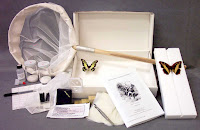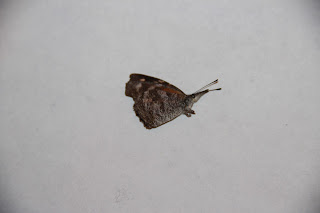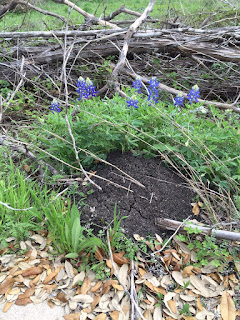Search This Blog
Questions about insects, spiders, scorpions or other creepy crawlers? Tune into this blog to learn about what's buggin' you!
Posts
Showing posts from 2018
5 Gifts for the Entomologist in Your Life
- Get link
- X
- Other Apps
Rain Bad for the Lawn??? Fungal Issues a Major Concern Right Now
- Get link
- X
- Other Apps
Entomology Summer Camps - Register Now!
- Get link
- X
- Other Apps











